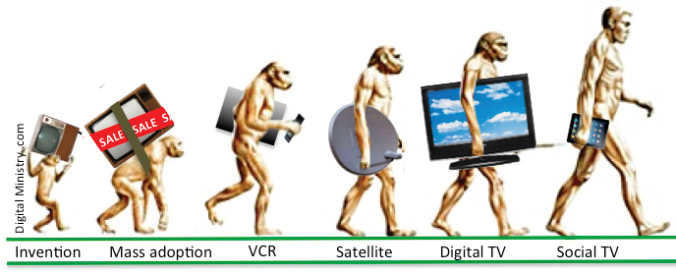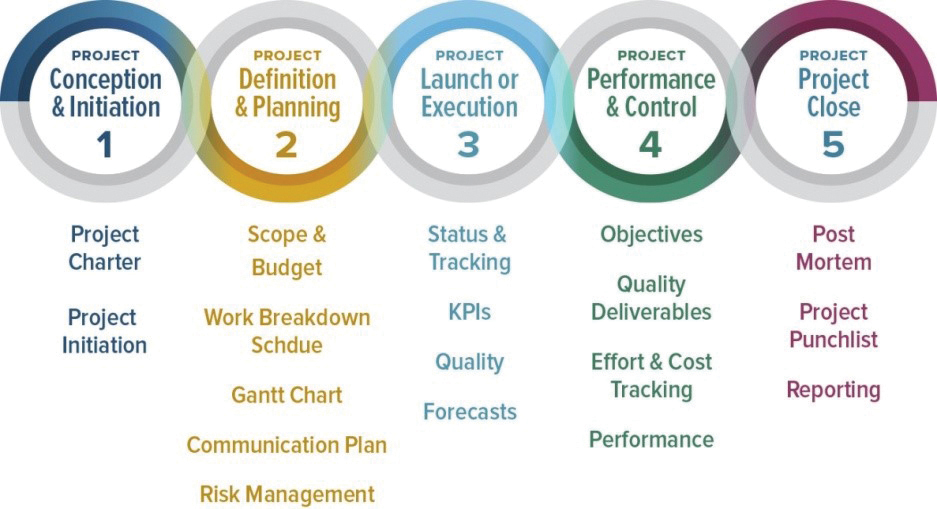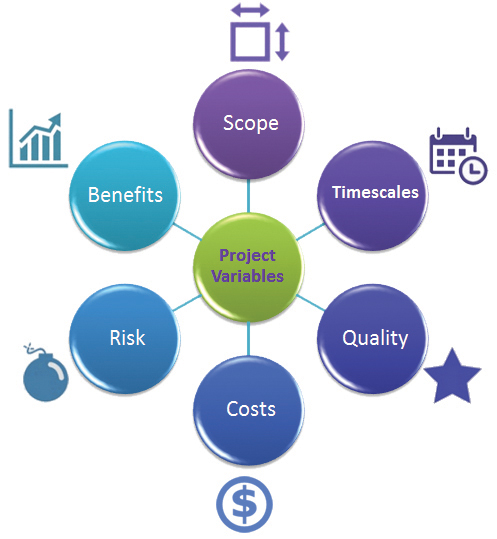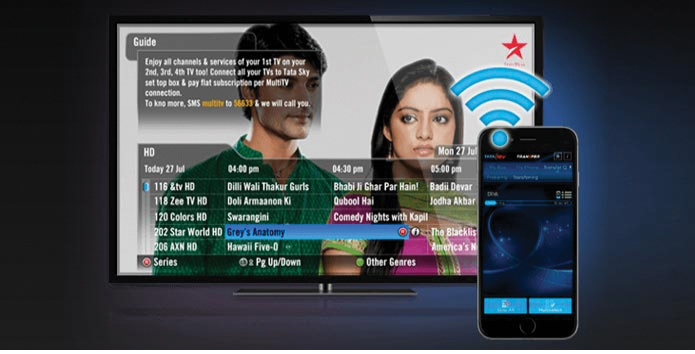Technology innovation using Project Management principles
Background
At the start of the 20th century, one had to wait for the next morning’s newspaper to know about what really is happening in the world around us. Once radio and telephone broke through, one could enjoy all day communication and entertainment. Although each of these mediums made a memorable impact, it still was a mass delivery mechanism that was controlled and monitored by the Government.
Cable Television
Back in the 1920’s, one of the biggest inventions was the television which brought audio and visual integrated as one single medium. This truly captivated the interests of the people, since it was the first time such a device was made available in the respective households. As per the TAM Annual Universe Update – 2015, India now has over 167 million households (out of 234 million) with television sets, of which over 161 million have access to Cable TV or Satellite TV, including 84 million households which are DTH subscribers. Digital TV households have grown by 32% since 2013 due to migration from terrestrial and analog broadcasts.

Tata Sky
Tata Sky was the first to launch multiple products and services that redefined the subscribers viewing experience in the country. Tata Sky brought about a complete paradigm shift in the market with the launch of Tata Sky+, offering the breakthrough ‘Personal Video Recorder’ (PVR) technology for the first time in the Indian subcontinent, with unique features such as Pause, Record & Rewind Live TV in 2010.
Project Management Framework
As technology continues to evolve rapidly, it requires a robust project management framework to productize and successfully deliver to the market. PRINCE2 (PRojects IN Controlled Environments) is one such structured project management method, that divides the projects into manageable and controllable stages. The following are the five stages that need to be meticulously followed:

Stage 1: Conception and Initiation
One of the major pre-requisites is to ensure that an acceptable business case exists for the project. That really leads to the Initiation that then leads to setting up the project management team as per the charter.
Stage 2: Definition and Planning
Successful projects spend reasonable amount of time in the planning phase. This covers project scope, assignment of resources, identification of vendors, suppliers and agreements with relevant stakeholders on critical project metrics –time, cost and quality.
Stage 3: Launch or Execution
With a meticulous plan in place, it’s all about adhering to the project plan and ensuring that the project team delivers the desired outcomes. The key to a flawless execution of a project is the early identification and resolution of risks that may threaten to cause cost or schedule overruns at each of the designed milestones.
Stage 4: Performance and Control
A launched product like Tata SKY set-top-box which includes a large-scale deployment across the country, poses several engineering challenges w.r.t performance quality. With an efficient coordination between the back-end engineering team and onground product installation, product issues are reported and successfully resolved.
Stage 5: Project Close
With the original set of objectives been fulfilled by the project team, the last step in the process involved the official closure of the project. One of the key tasks in this step is to create a “Lessons learnt’ registry which then serves as a reference document for future use.
Role of Project Manager
The fundamental guidelines mentioned above are to be followed by the Project Manager, who is the captain of the ship when it comes to successfully delivery of a product. The six critical knowledge areas to be addressed consistently during the duration of the project are Scope, Schedule, Quality, Cost, Risk and Outcome.

Lessons learnt – 3 P’s
For any technology innovation, the initial period of understanding the market needs passion since the fundamental idea is to break new ground. Once this idea is productized, it takes meticulous planning by the project team to design and monitor every step of the product journey. Finally, it boils down to performance of the product in the market which will eventually speak of itself in the market.

Conclusion
In the field of technology, the need for innovation is indeed a survival strategy for every organization. In order to differentiate and stay ahead of competitors, a progressive company like Tata Sky had to shift gears further to using mobile phone as a medium to stream video channels which is their round of innovation to fulfill the current market needs.

As they say, change is the only constant …and to achieve that a solid project management framework is required to deliver a successful technology product!
